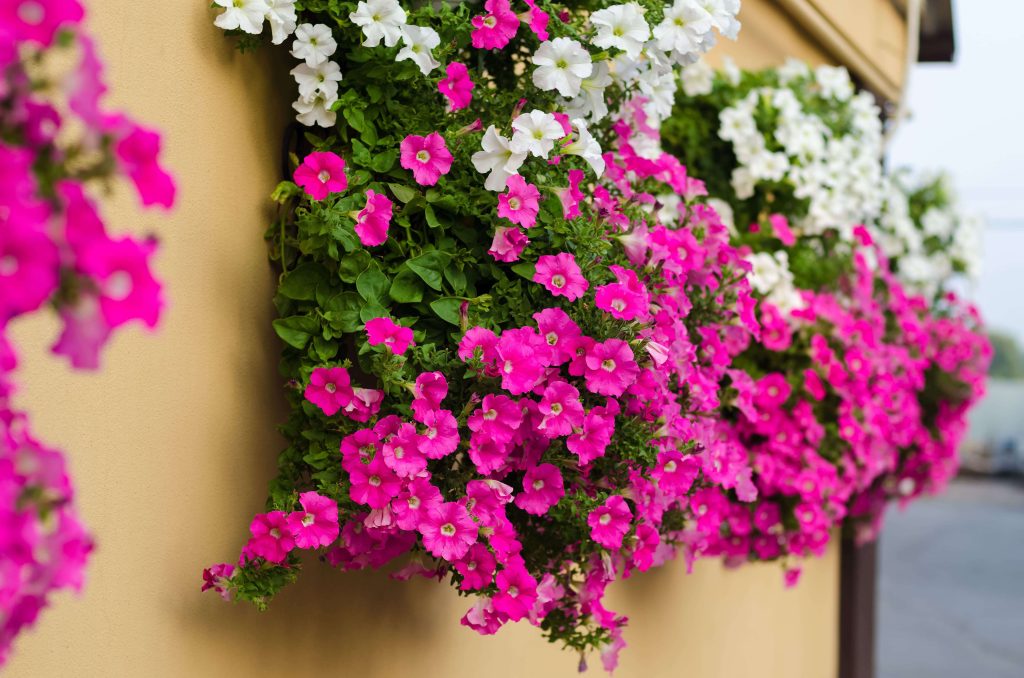
Window boxes bring charm to any home, even one without a garden. They frame windows, add colour and create a welcoming feel.
Cascading flowers add to that. These plants spill over the edges, soften lines and add movement. The right mix of plants keeps the exterior vibrant through the seasons and makes your home stand out.
If you want to enhance your home with some of your own, then read along. This guide covers the best cascading flowers for window boxes and how to care for them.
Table of Contents
What to consider when choosing cascading flowers?
It depends on more than just looks when you want the right trailing plants for window boxes. Growth habits, care needs, and placement all play a role. Let’s look at things in depth.
Cascading plant varieties
Cascading plants come with different needs. That’s why some do better in heat while others thrive in the shade. In the UK, we have varying hardiness zones where some experience colder winters than others.
In milder areas, Petunias and Fuchsia bloom for months. In sunnier and warmer spots, Surfinia and trailing Verbena thrive and keep flowering through summer. For cooler shadier spaces, Lobelia works well.
Growth habits also vary. Some cascading plants, like Trailing Verbena, spread out freely and trail over the sides of window boxes. Trailing Ivy or Morning Glory, grow more compactly. Consider how much space you have and whether you want a dense, hanging effect or something that drapes more loosely.
Seasonal interest is another thing to think about. Choose plants with different blooming patterns for a window box that looks beautiful all year. For instance, Calibrachoa provides colour in spring and summer, while Pansies can add cheer during colder months.
Lastly, consider maintenance. Some cascading plants require a bit more care, like regular pruning or deadheading. Others, like Sweet Alyssum, are more low-maintenance and will fill your window boxes with little fuss.
Growing conditions
Let’s start with sunlight. Petunias, Geraniums, and Surfinia are perfect for sunny spots. On the other hand, Begonias and Fuchsias prefer a bit more shade. Place them on windows that don’t get direct sunlight all day.
Soil type and drainage are the next things to consider. Cascading plants tend to have shallow root systems, so well-draining soil is a must. If the soil holds onto too much water, the roots can rot. A mix that includes peat, perlite, or sand can help with the drainage aspect.
Then comes the watering. In general, cascading flowers need regular watering, but the amount depends on their specific needs and the time of year. During hot, dry spells, you may need to water more often, especially if your window boxes are exposed to direct sun.
However, always avoid over-watering. Too much moisture can cause root rot. Always check the soil with your finger. If it feels dry an inch or so down, it’s time to water.
Container types and positioning
The size and depth of the container should suit the plant’s root system. Cascading plants, with their long trails, need enough space for their roots to spread out. Shallow containers won’t work. They don’t offer enough room for growth. Look for containers that are at least 30-40 cm deep.
Let’s talk material now. Choose from ceramic, plastic, or hanging baskets. Ceramic is stylish and durable but heavy. Plastic is lightweight but lacks style. Hanging baskets create a cascade effect, but need depth for plants.
Finally, consider where to place your containers. Put Petunias or Surfinia in sunny windows and Fuchsias and Begonias in shady ones. Choose a spot with enough space for containers and the right light for your plants.
Popular cascading flowers for window boxes
Here’s a look at some of the best cascading flowers for window boxes, each with its own unique traits and growing requirements.
Petunias

A classic choice for window boxes. These flowers come in many colours from bright reds and pinks to soft pastels and purples. Petunias thrive in full sun and need well-drained soil. They enjoy regular watering but should not sit in waterlogged soil.
Pansies
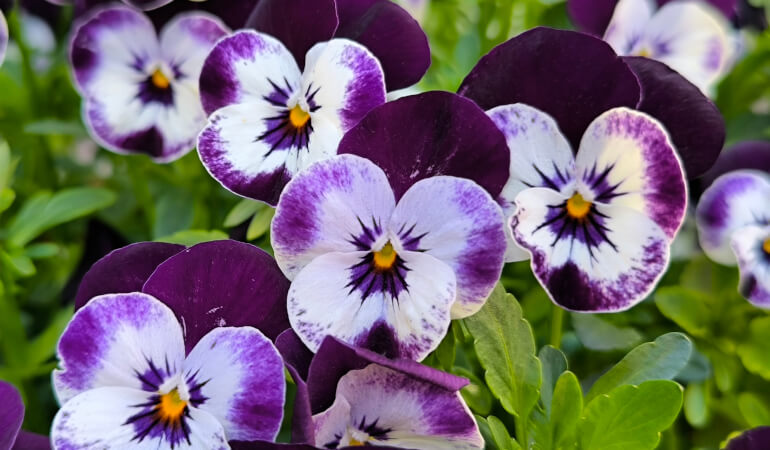
These flowers bloom in shades of purple, yellow, red, and even bi-coloured patterns. While pansies generally prefer partial shade, they can handle a bit of full sun. They require moist, well-drained soil to thrive and should be watered regularly, especially during dry spells.
Lobelia
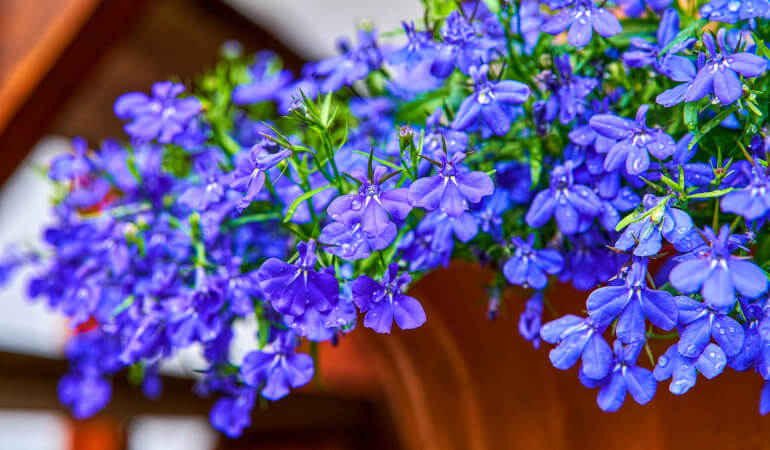
Lobelia’s vibrant blue and purple flowers add a cool-toned pop to your outdoor display. Lobelia thrives in both full sun and partial shade.
However, it does need regular watering. If you pair it with upright plants, it can create an eye-catching contrast.
Trailing Verbena
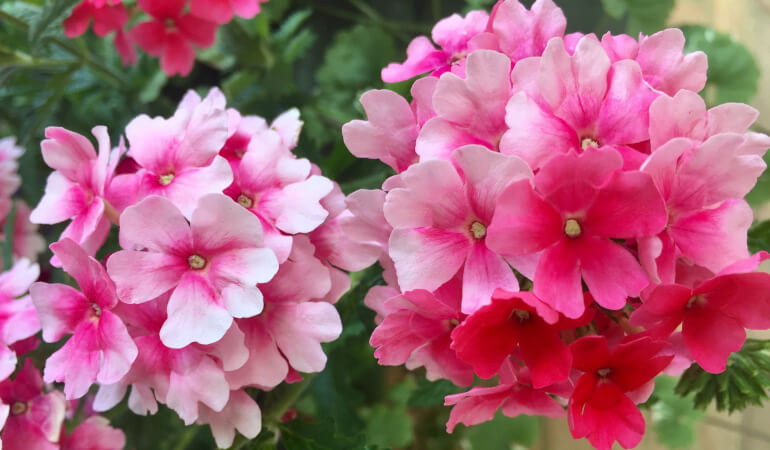
A drought-tolerant and resilient plant. It is perfect for hot, sunny spots and can survive with minimal water once established. Verbena’s vibrant blooms come in shades of purple, pink, and red.
Its cascading nature makes it ideal for hanging baskets or window boxes. In spring and summer, it produces an abundance of flowers, while in fall and winter, it can take a more subdued look with its evergreen foliage.
Nemesia
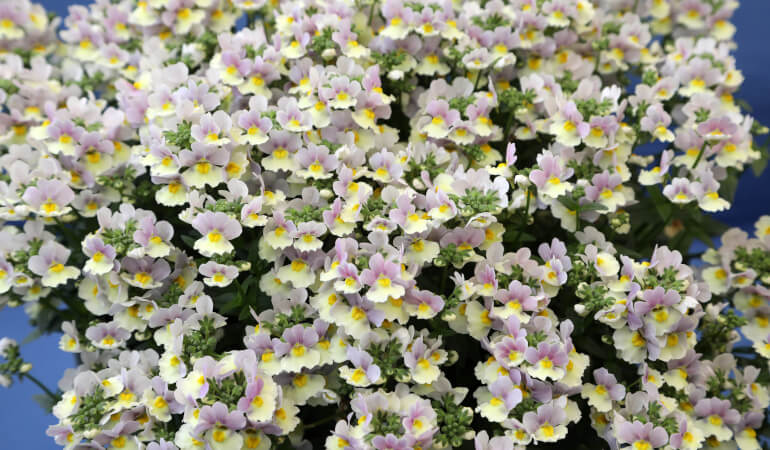
It offers a wide range of colours, like purple, pink, yellow, and white. This flower thrives in full sun but can tolerate some light shade. Nemesia prefers well-drained, moist soil and regular watering to keep it looking its best.
Bacopa
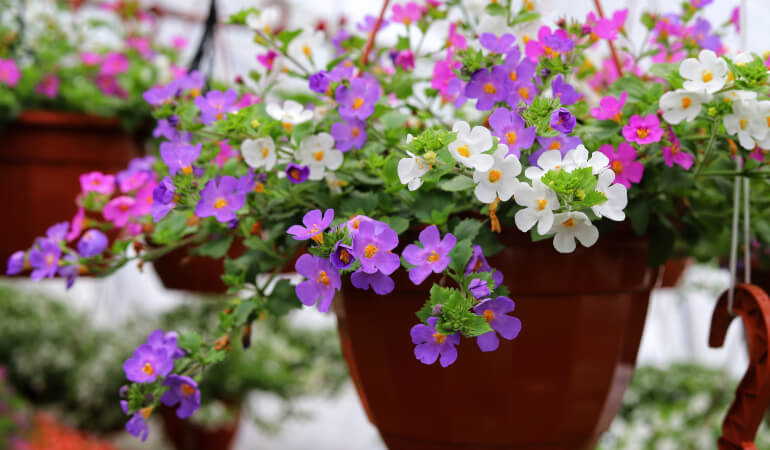
Works beautifully in window boxes. It produces tiny, white or blue flowers that bloom continuously throughout the growing season.
Bacopa is low-maintenance and doesn’t require much attention once established. Regular watering and a spot with plenty of sun will help it thrive, and it pairs well with other trailing plants for a fuller look.
Surfinia Petunia
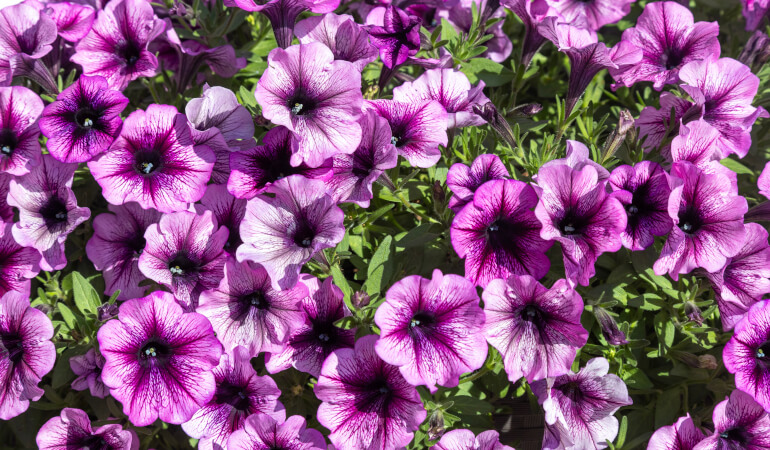
Surfinia Petunias are a special variety of petunias known for their extraordinary trailing habit. These plants create a full, flowing cascade of colour, with blooms in shades of pink, red, white, and purple.
Surfinia petunias need full sun to thrive and require regular watering, especially in hot weather.
Geranium
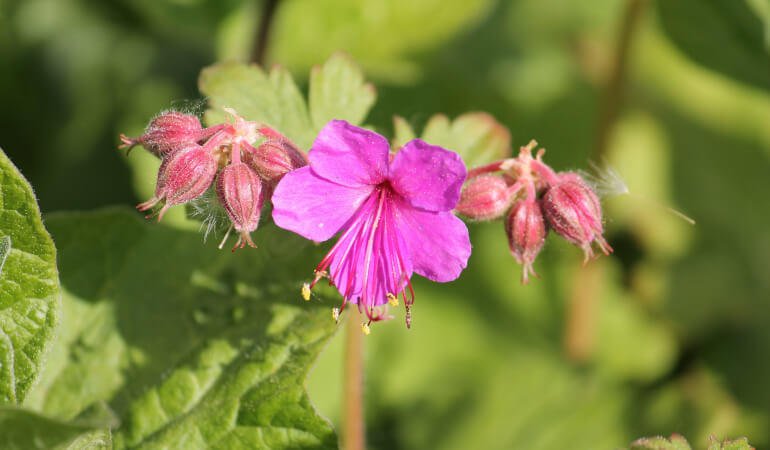
Their large, colourful blooms, which come in shades of red, pink, white, and purple, make a bold statement. Geraniums enjoy full sun and well-drained soil.
While they need regular watering, they are fairly drought-tolerant once established, making them easy to care for.
When should I plant my window boxes?
Generally, best time to plant window boxes is late spring. That’s the time when the risk of frost has passed and the weather starts to warm up.
Late May is ideal for most plants. The soil has warmed up enough to support healthy growth, and the risk of frost is minimal. If you plant annual flowers like Petunias, Lobelia, and Geraniums during this time you will see great results.
For hardy perennial plants, you can plant as early as late March or early April. These plants are more tolerant of cooler temperatures and can handle early spring’s unpredictable weather. However, wait until after the final frost so you won’t damage your plants.
Autumn, particularly September to October, is another great time to plant. Many seasonal plants like Pansies and trailing Verbena handle cooler temperatures well, and add colour to your window boxes through autumn and into winter.
Winter planting is generally not recommended.
How to plant your window boxes
Here is how to plant window boxes:
- Choose the right soil – Use a well-draining, high-quality potting mix for containers. Avoid garden soil, as it can become too compact and lack proper drainage;
- Position your plants – Place the tallest plants at the back of the window box. Trailing plants put at the edges for a cascading effect and compact plants in the middle for balance;
- Consider sunlight needs – Group plants with similar sunlight requirements together;
- Spacing plants – Leave enough space between plants so they grow healthy;
- Provide proper drainage – Make drainage holes if your window boxes have none;
- Water – After planting, thoroughly water your window boxes and monitor their moisture levels.
How many plants should be in window boxes?
The number of plants you should use in your window box depends on its size. As a general rule, aim for around 3 to 5 plants for a standard window box. This gives each plant enough room to grow without crowding.
Remember that trailing plants, like Petunias or Lobelia, need extra space to spread out. If your box is bigger, you can add more plants, but don’t pack in too many.
How do you arrange plants in the window box?
Put taller plants in the back of the box and shorter ones towards the front. That way all plants get enough sunlight and don’t block each other’s growth.
For a layered effect, combine trailing plants at the edges, taller plants in the middle, and compact flowers in the back. Group plants with similar care requirements together to make maintenance easier.
For how deep should a window box be for flowers, aim for a depth of around 8-12 inches. This is ideal for most flowers to establish strong root systems. If you plan to have larger varieties, choose deeper boxes to give the roots enough space to spread.
Are you ready to bring some colour to your home? Schedule your flower planting before it gets cold!
Enter your postcode to view our rates and availability in your area.
For questions about the services we offer visit our main site
Designing strategies for your window boxes
Use layering techniques to create depth and dimension. Position taller plants at the back, shorter plants in the middle, and finally, cascading varieties at the edges. You will get a great soft, draping effect on your window box.
Colour theory can also be very useful when it comes to window boxes. Choose colours that contrast with or complement your wall paint. Bold colours like red, purple, or yellow stand out against neutral tones. Softer hues like lavender or pale pink draw attention against darker exteriors.
Vertical gardening is another great design strategy. Use wall planters or tiered pots. These setups are ideal for small spaces or when you want to put more plants in a limited space. Don’t forget to mix textures along with flower types. The different textures can highlight the vibrant colours of your blooms.
Lastly, think about seasonal themes. Switch out blooms throughout the year to keep your window boxes fresh and appealing. Use springtime flowers like pansies or petunias, then summer favourites like lobelia or geraniums. Afterwards cooler-weather plants like violas or ornamental grasses for the colder months.
How to care for your cascading flowers
Now that you have them, this is how to keep them.
- Deadhead regularly – Remove faded flowers to encourage continuous blooming and to prevent energy from going into seed production;
- Improve soil drainage – Mix compost, perlite, or grit into the soil to prevent waterlogging and root rot. Refresh soil at the start of each growing season;
- Fertilise consistently – Use a liquid fertiliser high in potassium every two weeks to boost flowering. Slow-release granules provide steady nutrients with less effort;
- Mulch to retain moisture – Add a thin layer of fine bark or coconut coir to help the soil stay moist, regulate its temperature, and reduce weeds;
- Monitor for pests – You might get aphids and spider mites. In that case, use soapy water, neem oil or introduce natural predators like ladybirds. That should keep the pests in check.
Takeaways
- Choose plants based on your specific atmospheric conditions;
- Mix trailing and upright varieties for a nice balance;
- Use a high-quality potting mix with good drainage;
- Swap out flowers as the seasons change;
- Fertilise often, and watch for pests like aphids.



